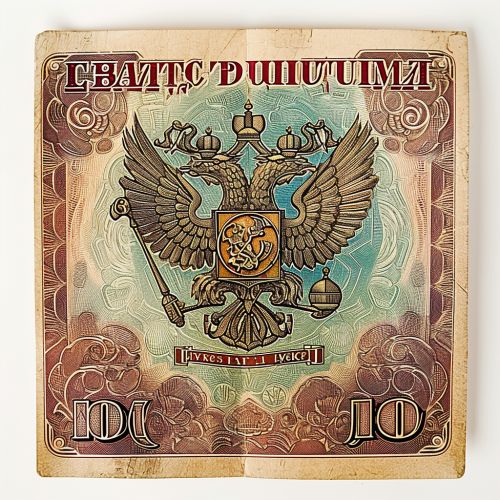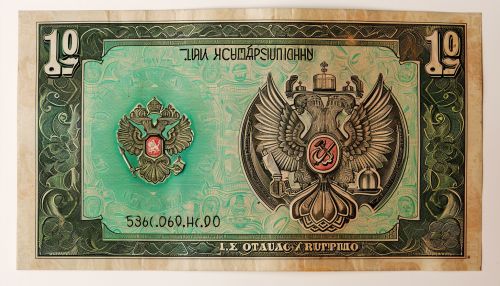Soviet ruble
History
The Soviet ruble was the currency of the Soviet Union, in circulation from 1917 to 1991. The ruble was divided into 100 kopeks, similar to the way many currencies are divided into cents. The ruble was symbolized by "₽" and the kopek by "к". The ruble was the first currency in the world to be decimalized, in 1704, when it was divided into 100 kopeks.


Monetary Policy
The Soviet ruble was subject to a planned economy, and its value was set by the state. This was a significant departure from the free-market principles that govern most global currencies, where supply and demand determine value. The Soviet government controlled the production and distribution of goods and services, including currency. This meant that the ruble's value was not subject to fluctuations in the global market, but was instead determined by the economic policies of the Soviet government.
Currency Reforms
Throughout its history, the Soviet ruble underwent several currency reforms. The first major reform occurred in 1947, when the Soviet government redenominated the ruble at a rate of 10 to 1, in an effort to stabilize the currency after World War II. This was followed by another redenomination in 1961, at a rate of 10 to 1 again, as part of the economic reforms initiated by Nikita Khrushchev.
Economic Impact
The Soviet ruble played a significant role in the Soviet economy. As the only legal tender, it was used for all forms of economic transactions, from buying groceries to paying for industrial goods. However, the planned economy and the state control of the ruble led to several economic issues, including shortages of goods and services, a lack of competition, and inefficiencies in the economy.
Post-Soviet Era
After the dissolution of the Soviet Union in 1991, the Soviet ruble was replaced by the Russian ruble in Russia and by various new currencies in other former Soviet republics. The transition was often difficult, with many people losing their savings as the new currencies devalued rapidly.
